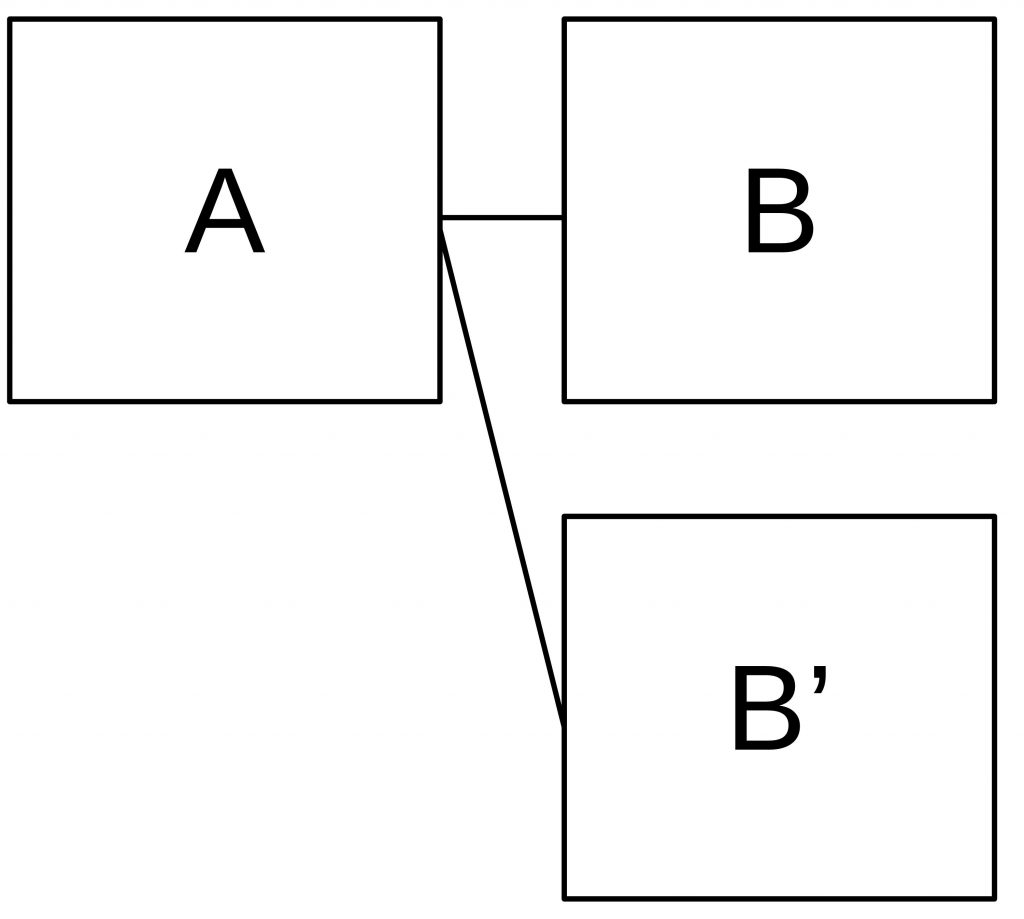Fee Sniping
Last Updated on 28. April 2023 by Martin Schuster
Fee sniping becomes a problem in PoW networks if the block reward is low compared to the transaction fees. Suppose a miner found a block B that builds upon block A. Block B includes a transaction with a high fee. Other miners would build upon block A during normal operation and try to find block C.

But if the fee is high enough, it could be profitable to ignore block B instead of trying to find an alternative block B’ (that builds upon block A) that includes the high-fee transaction.

Of course, this miner would risk that someone else finds a block C faster, rendering his attempt to “steal” the transaction fee unsuccessful. But if the hash rate is large enough and the fee is high enough, this could be profitable. If many miners think like that, this could stop the network from proceeding since everybody tries to mine block B’ to win the high fee.
Variation of Fee Sniping
To increase the profitability of re-mining block B, the attacker could collect the most profitable transactions that arrive during that time. If the block is full (block size limit is reached), they could replace low fee transactions with high fee transactions.
This behavior can be avoided if transactions have a lock time. The lock time doesn’t allow including a transaction to become part of a block before a certain block number.

 Register
Register Sign in
Sign in